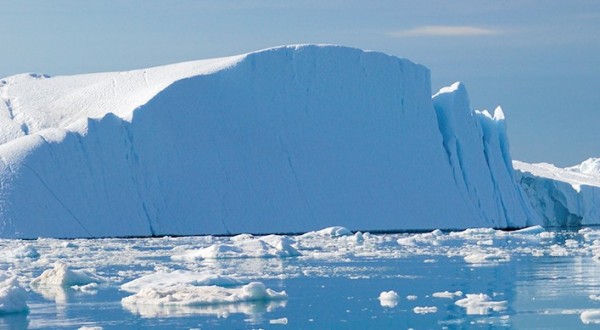The Bureau of Safety and Environmental Enforcement’s (BSEE) Susan Dwarnick traveled to Whitehorse, Canada last week for a meeting of the Arctic Council’s Protection of the Arctic Marine Environment (PAME) working group and associated workshops.
The working group addresses policy and non-emergency pollution prevention and control measures related to the protection of the Arctic marine environment from both land and sea activities.
The primary focus of these meetings was the discussion and further drafting of the Arctic Marine Strategic Plan, a document that when finished will guide the work of the Arctic Council for the next 10 years, and discussion of the Arctic Marine Shipping Assessment. A new project supported by both BSEE and Bureau of Ocean Energy Management (BOEM) was proposed for the PAME 2015-2017 Work Plan. The first phase of this proposed project would focus on compiling publicly available guidance documents and lessons learned related to “Meaningful Engagement of Indigenous Peoples and Local Communities in Marine Activities“.
Dwarnick, Chief of BSEE’s Offshore Safety Improvement Branch, represents BSEE at the PAME working group meetings. Also represented in the group are the BOEM, the National Oceanic and Atmospheric Administration and the U.S. Coast Guard. Indigenous groups are represented by the Inuit Circumpolar Councils (ICC) of Alaska and Canada, the Saami Council and the Aleut International Association (AIA).
| About PAME |
|
Is one of six Arctic Council working groups. PAME was first established under the 1991 Arctic Environmental Protection Strategy and was continued by the 1996 Ottawa Charter that established the Arctic Council. PAME is the focal point of the Arctic Council’s activities related to the protection and sustainable use of the Arctic marine environment. It has a specific mandate to keep under review the adequacy of global and regional legal, policy and other measures, and where necessary to make recommendations for improvements that would support the Arctic Council’s Arctic Marine Strategic Plan (2004). PAME carries out activities as set out in bi-annual work plans approved by the Arctic Council on the recommendation of the Senior Arctic Officials. These activities led by PAME include circumpolar and regional action programmes and guidelines complementing existing legal arrangements aimed at protection of the Arctic marine environment from both land and sea-based activities. The Permanent Participants (Indigenous Organizations) of the Arctic Council participate actively in the work of PAME. PAME works in close collaboration with the other five Arctic Council Working Groups. |
Source: BSEE
In the start, I was frank with you propecia before and after has changed my existence. It has become much more fun, and now I have to run. Just as it is incredible to sit.






























































